Most people know that the dinosaurs dominated Earth for over 150 million years but of course it wasn’t just one species of dinosaur and not all of the dinosaurs were so dominating. Some species were smaller, more inconspicuous relatives of the better-known giants while others represented evolutionary experiments that, for one reason or another simply did not leave any descendents, in other words they were experiments that failed.
I’ll start with the recent discovery of a relative of the famous Tyrannosaurus rex discovered in New Mexico by Dr. Sterling Nesbitt of Virginia Tech College of Science’s Department of Geosciences. Named Suskityrannus hazelae the two-legged theropod likely measured about 2.7 m from the tip of its nose to the end of its tail and stood less than a meter tall at the hip. This small meat eating would have weighted between 20 and 40 kg and likely hunted smaller animals.
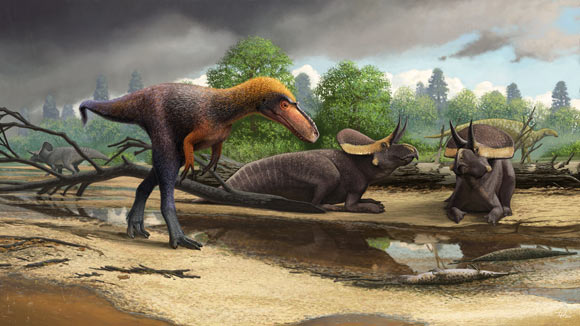
According to Dr. Nesbitt, “Suskityrannus hazelae gives us a glimpse into the evolution of tyrannosaurs just before they take over the planet.” Based on the geologic strata in which it was discovered S hazelae lived some 92 million years ago near the beginning of the Cretaceous period. Because of the time it lived along with its anatomy S hazelae could prove to be a link between the older and smaller tyrannosauroids of North America and China and the much larger tyrannosaurids of which T rex is the best-known member.
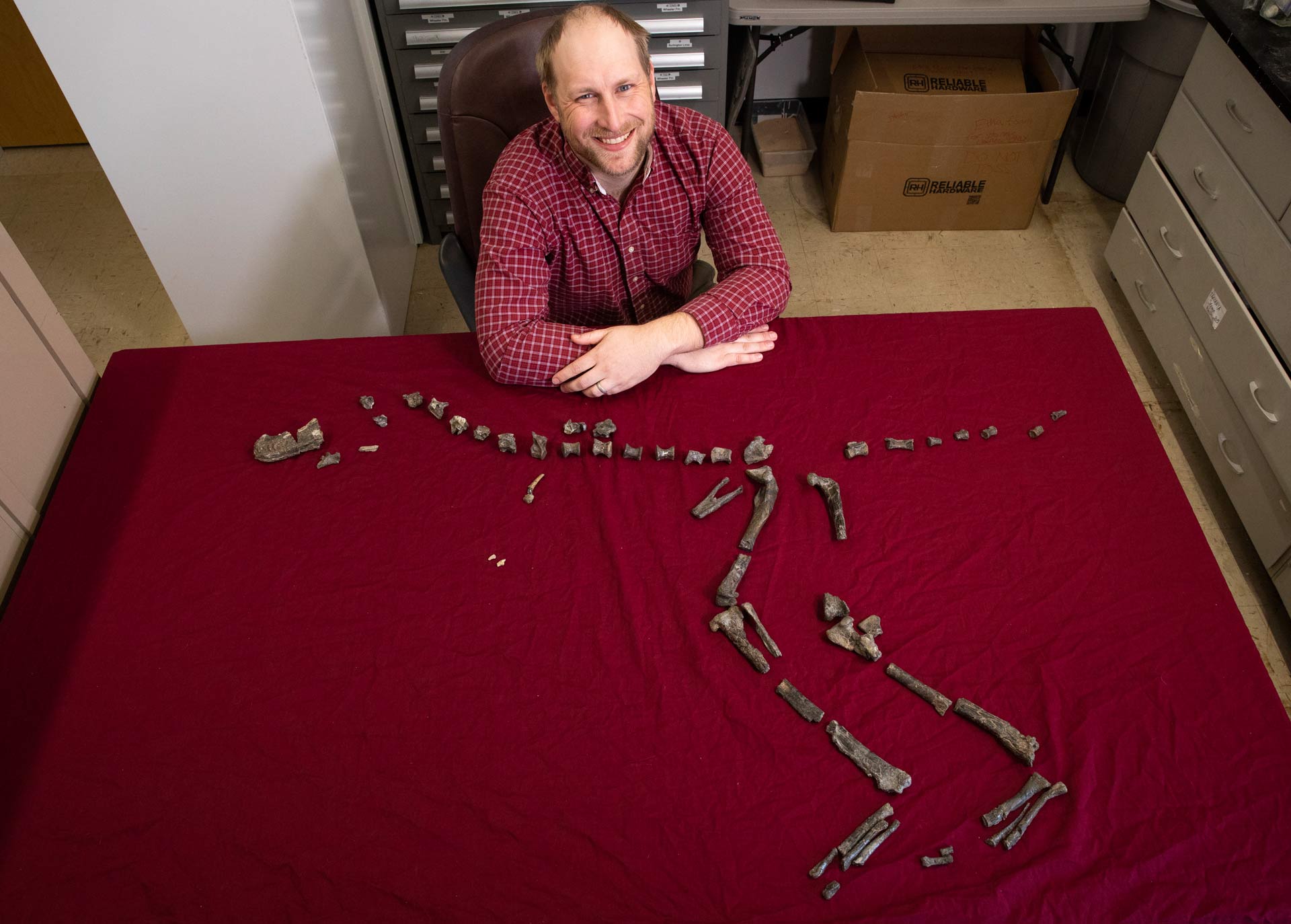
The second new species of dinosaur to be discovered is rather a bit stranger. Ambopteryx longibrachium is a species of theropod dinosaur that flew, or perhaps only glided, with leathery bat like wings. Now I’m not talking about one of the pterosaurs, those bat like reptiles that lived at the same time as the dinosaurs but which weren’t dinosaurs.
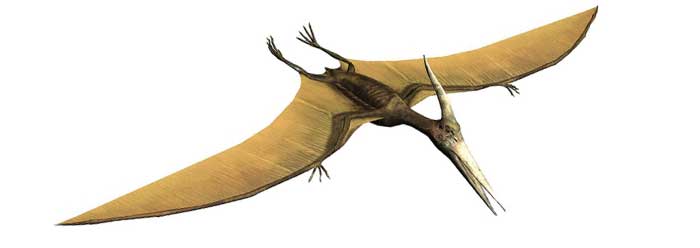
A longibrachium is a theropod, the same group of dinosaurs that includes T-rex and from which the true flying dinosaurs, better known as birds, would come. In fact A longibrachium lived approximately at the same time as the first birds, the late Jurassic period some 163 million years ago, about the same time as the famous Archaeopteryx.
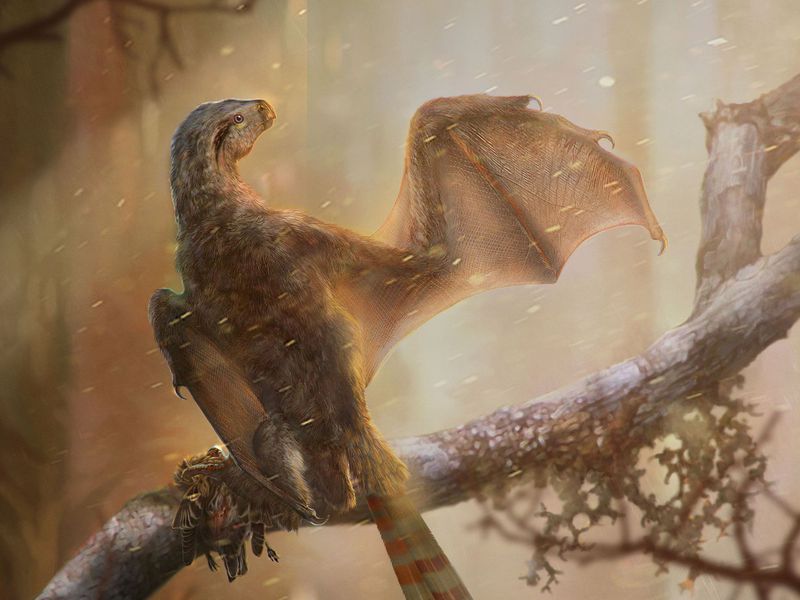
The fossils of A longibrachium are remarkably well preserved not only showing the membrane of their leathery wings but also the impressions of fuzzy feathers that were probably helped to keep the animal warm. The most critical part of the anatomy to be preserved was an enlarged, rod like wrist bone known as a styliform, an adaptation previously unknown in dinosaurs but present in pterosaurs and flying squirrels.
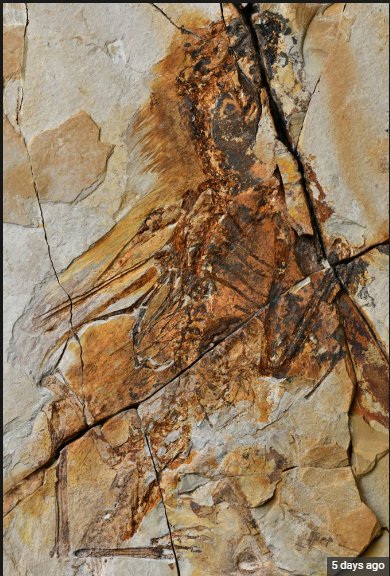
The fossil remains of A longibrachium were discovered in China by scientists at the Institute of Vertebrate Paleontology and Paleoanthropology of the Chinese Academy of Sciences. Over the last few decades there has been a lot of paleontological research underway in China with important discoveries being made in many different periods of Earth’s history. (See my post of 10 April 2019)
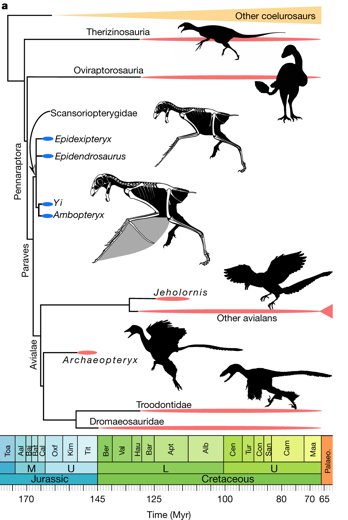
So what happened to the dinosaurs like A longibrachium? Well perhaps the bat winged dinosaurs lost out to their relatives the evolving true birds. Or perhaps there was some ecological crisis that the bat winged dinosaurs failed to survive. We can’t say at present, but you can be certain that the paleontologists will keep searching for the answers, and isn’t that what science is all about!
